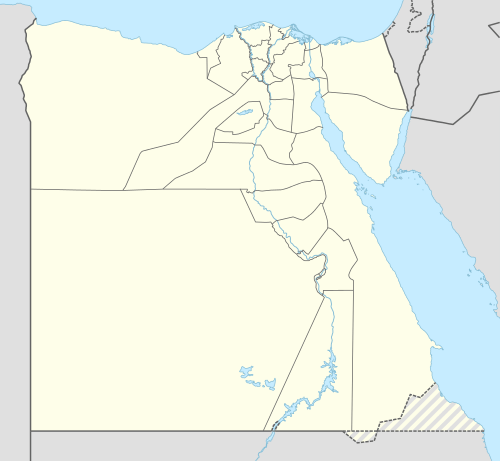Suez Canal Bridge
| Mubarak Peace Bridge | |
|---|---|
 | |
| Coordinates | 30°49′42″N 32°19′03″E / 30.828248°N 32.317572°ECoordinates: 30°49′42″N 32°19′03″E / 30.828248°N 32.317572°E |
| Carries | vehicular traffic[1] |
| Crosses | Suez Canal |
| Locale | El Qantara, Egypt |
| Owner |
|
| Maintained by | General Authority for Roads, Bridges & Transport, Ministry of Transport and Communication |
| Characteristics | |
| Design | Cable-stayed bridge semi-fan arrangement, H-pylon, hollow box[1] |
| Material | steel and reinforced concrete[1] |
| Total length | 3.9 km (2.4 mi)[1] |
| Width | 10 m (33 ft)[1] |
| Height | pylons: 154 m (505 ft)[1] |
| Longest span | 404 m (1,325 ft)[1] |
| Clearance below | 70 m (230 ft)[1] |
| History | |
| Designer | Kajima |
| Constructed by |
Consortium consisting of: |
| Construction begin | 1995 |
| Opened | October 9, 2001 |
 | |
The Mubarak Peace Bridge, also known as the Egyptian-Japanese Friendship Bridge, Al Salam Bridge, or Al Salam Peace Bridge, is a road bridge crossing the Suez Canal at El Qantara. ("El Qantara" means "The Bridge" in Arabic.) The bridge links the continents of Africa and Eurasia.
Design and construction
_07.jpg)
The bridge was built with assistance from the Japanese government. The main contractor was Kajima Corporation.[2]
The Japanese grant, accounting for 60% of the construction cost (or 13.5 billion yen), was agreed to during the visit of then-President Mubarak to Japan in March 1995, as part of a larger project to develop the Sinai Peninsula. Egypt bore the remaining 40% (9 billion yen). The bridge was opened in October 2001.
The bridge, which has a 70-metre (230 ft) clearance over the canal and is 3.9 kilometres (2.4 mi) long, consists of a 400-metre (1,300 ft) cable-stayed main span and two 1.8-kilometre (1.1 mi) long approach spans.
The height of the two main pylons supporting the main span is 154 metres (505 ft) each. The towers were designed in the shape of Pharaonic obelisks.
The clearance under the bridge is 70 metres. Therefore, the maximum height of ships that can pass through the Suez Canal (Suezmax) is 68 metres above the waterline.[3]
Significant developments in the region
The Suez Canal Bridge was part of a major drive to develop the areas surrounding the Suez Canal, including other projects such as the Ahmed Hamdi Tunnel under the Suez Canal (completed in 1981), the El Ferdan Railway Bridge, and the Suez Canal overhead powerline crossing.
References
- 1 2 3 4 5 6 7 8 9 Suez Canal Bridge at Structurae
- 1 2 "Kajima's Spectacular Suez Canal Bridge Project" (PDF). Kajima. Retrieved March 16, 2014.
- ↑ Art. 52 Rules of Navigation
External links
| Wikimedia Commons has media related to Suez Canal Bridge. |
- Embassy of Japan in Egypt: Economic Cooperation ( Official Development Assistance, ODA )
- Planning, design and construction aspects of the Suez Canal cable stayed bridge